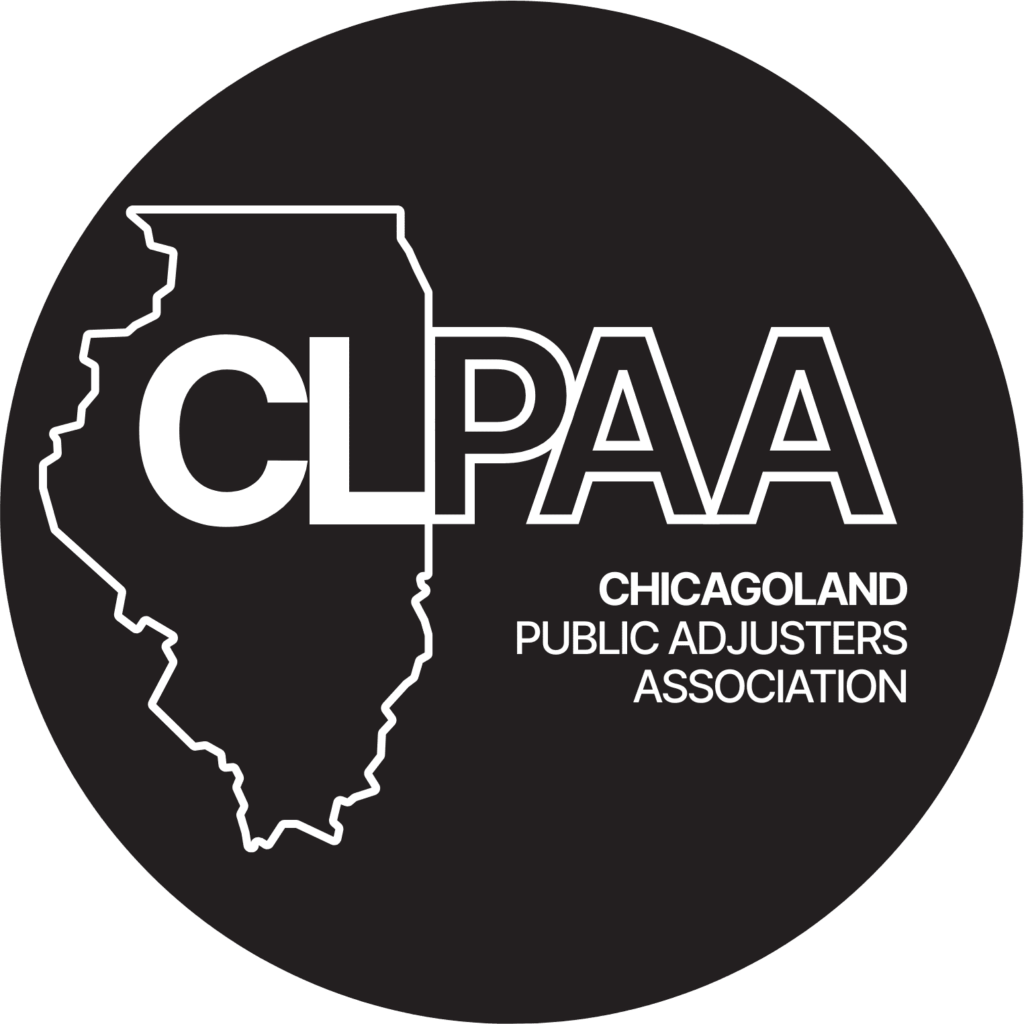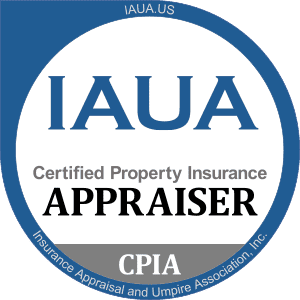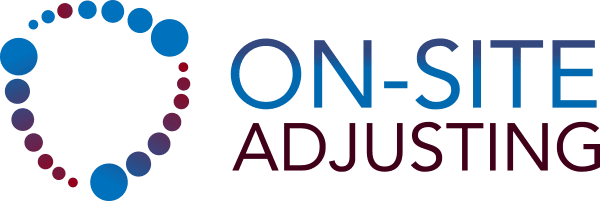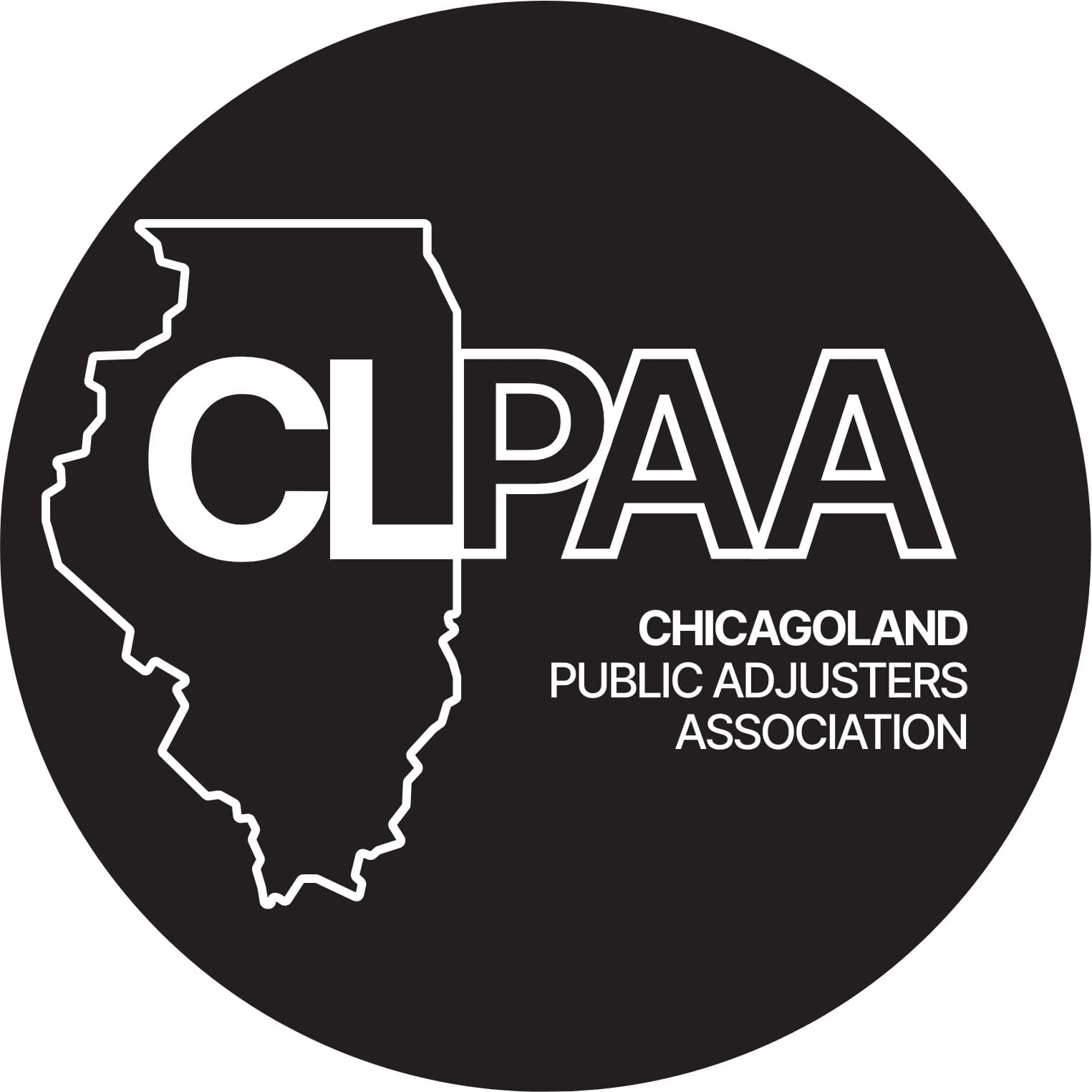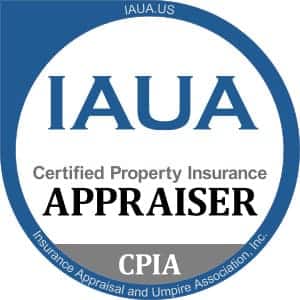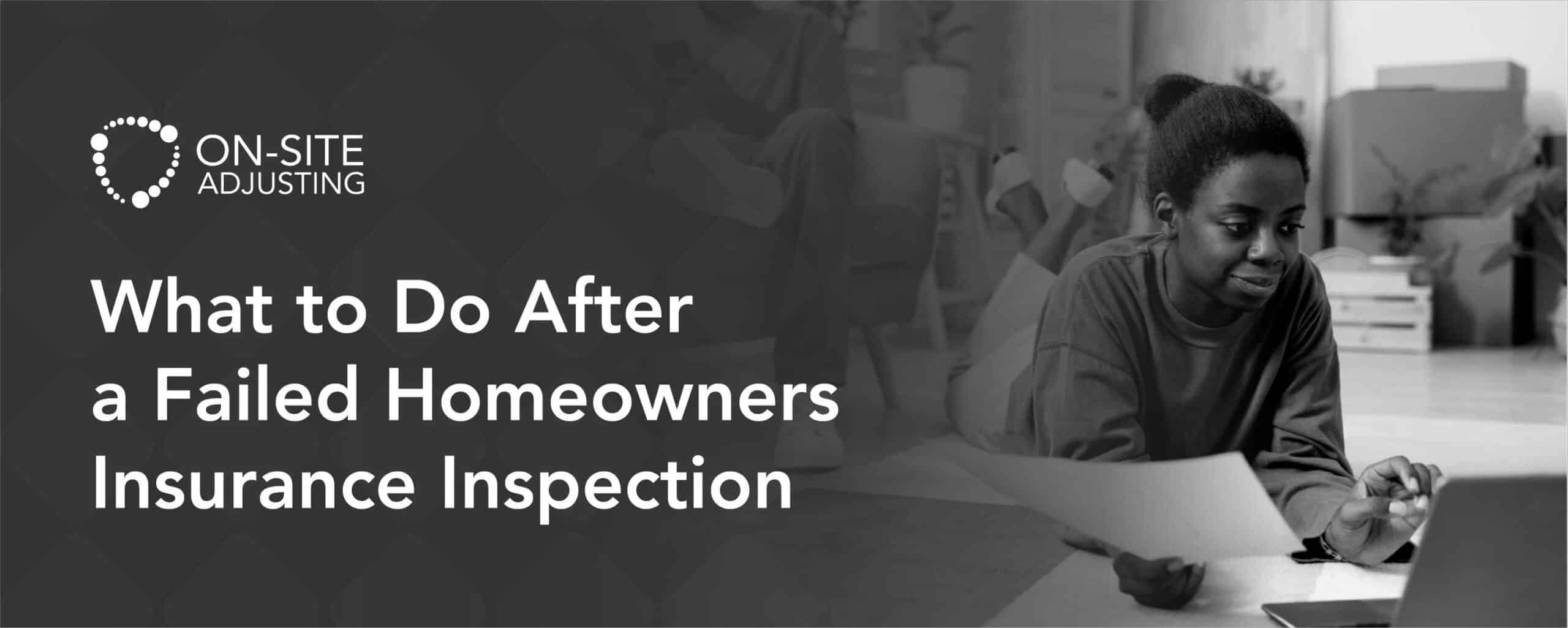
A home inspection is crucial in determining the safety and risk factors associated with insuring a property. When your home fails this inspection, it can be a stressful experience. However, understanding the reasons for failure and knowing the steps to rectify the situation can help you navigate it effectively. This guide provides a comprehensive overview of what to do after a failed homeowners insurance inspection.
You should consider hiring a public adjuster when getting a home insurance policy. Public adjusters are highly knowledgable on insurance matters and as such, will help you avoid failing a home inspection in the first place.

What are Homeowners Insurance Inspections?
Insurers conduct homeowners insurance inspections to assess a property’s condition. This helps insurers identify potential risks that could lead to future claims. Insurers typically focus on major systems and structural aspects of the home. The inspection will focus on your roof, plumbing, electrical system, HVAC, and foundation. For example, they may check for cracks in your foundation. They may also check for leaks or water damage in your plumbing system.
Common Reasons for Failed Insurance Inspections
Several critical factors can lead to a failed home inspection. Understanding these common issues can help homeowners prepare better and avoid potential coverage problems. Here are some issues that cause homeowners to fail insurance inspections:
Roof Damage
Roof damage is a prevalent reason for failing a home inspection. Missing shingles, leaks, and overall roof deterioration can significantly compromise the structural integrity of a home. A roof nearing the end of its lifespan poses a high risk of water damage and mold. This also leads to substantial insurance claims. Inspectors look for signs of wear, such as curled or missing shingles, and any evidence of leaks or water stains on the ceilings and attic.

Electrical Hazards
Electrical systems are another critical area of focus. Outdated or faulty wiring can be a significant fire hazard. Issues such as exposed wires, lack of grounding, or the use of obsolete materials like aluminum wiring increase the risk of electrical fires. Insurance companies require homes to have modern, up-to-code electrical systems to minimize the likelihood of fire-related claims.

Plumbing Problems
Plumbing issues, such as leaks, clogs, and outdated pipes, are common culprits in failed inspections. Leaky pipes can lead to water damage, mold growth, and structural problems, which are costly to repair. Outdated plumbing systems, especially those using materials like galvanized steel or lead, are scrutinized due to their propensity for failure and potential health hazards.

Foundation Issues
The foundation of a home is fundamental to its structural stability. Cracks in the foundation, sagging floors, and other structural weaknesses can signal serious problems. These issues can result from natural settling, poor construction, or water damage. Foundation problems can lead to extensive repairs and are a red flag for insurers due to the high costs associated with fixing structural defects.
Safety Hazards
Safety hazards, including mold, mildew, and toxic materials like asbestos, are significant concerns. Mold and mildew not only damage property but also pose health risks to occupants. Asbestos, commonly found in older homes, is hazardous and costly to remove. Inspectors look for any signs of these hazards to ensure the home is safe and does not pose long-term health risks, which could lead to substantial insurance claims.
Addressing these issues proactively can help homeowners pass their home inspection and secure the necessary coverage. Regular maintenance and timely repairs are crucial to maintaining a safe and insurable property.
Feeling stuck with your claim? You don’t have to fight alone.
Reach out to us — we will review your claim for free and help you understand your options
What to do After a Failed Insurance Inspection
A failed home inspection can be disheartening. However, taking immediate and strategic steps can help you address the issues. It will also help you secure coverage. After failing an inspection, do the following:
Review the Inspection Report
The first crucial step is to thoroughly review the inspection report provided by the insurance company. This document will detail the specific reasons for failure, thus highlighting areas that need attention. Understanding these specifics can help you prioritize the necessary repairs. The report often includes recommendations or requirements for repairs. It also contains improvements, which will be critical for your next steps.
Contact Your Insurance Company
After reviewing the report, contact your insurance company to discuss the findings. Open communication with your insurer can provide clarity and potentially offer solutions. Your insurer may offer you conditional coverage. This means you will have insurance for a specified timeframe. However, you need to complete any necessary repairs before you can get full coverage.
Furthermore, your insurer may offer coverage that excludes any problematic areas. For example, if your roof failed inspection, they might exclude roof-related claims until you complete repairs.
During this conversation, inquire about the specific requirements for conditional coverage or exclusions. Furthermore, ask about the timeframe within which you must make repairs. Also, ask if they can recommend contractors or provide additional guidance on meeting their standards.
Get Repairs Done
When getting repairs done, address critical issues first. This includes fixing any electrical hazards, plumbing leaks, or significant roof damage. Additionally, ensure you hire qualified and licensed professionals to perform the repairs. This guarantees you quality work. Furthermore, it provides you with documentation to present to your insurance company.
Maintain detailed records of all repairs, including before-and-after photos, receipts, and contractor reports. These documents will be crucial when you need to prove that the issues have been resolved.
Reinspection and Reapplying for Coverage
After completing the necessary repairs, the next step is to contact your insurance company to schedule a reinspection. This reinspection allows the insurer to verify that you have made all required improvements. Furthermore, it allows your insurer to reassess the risk associated with your property. The inspector will likely review the specific areas that initially failed the home inspection. This is to confirm that they now meet the insurance company’s standards.
If your current insurer remains unwilling to provide coverage despite the repairs, it may be necessary to explore other insurance options. Some insurance companies specialize in high-risk properties. They may also offer policies under different terms that better suit your situation. These insurers are often more flexible and willing to provide coverage for homes that other companies deem too risky. When shopping for new insurance, be sure to compare quotes from multiple providers to find the best terms and rates.
How to Prepare for Future Insurance Inspections
It is important to take certain steps to prepare your home for insurance inspections. Do the following in preparation for your next home inspection:
Hire a Public Adjuster
When a public adjuster walks with you on your insurance journey, they help you avoid common pitfalls. Discussing with a public adjuster is the best way to prevent failed home inspections. Furthermore, public adjusters handle everything on your behalf which leaves you free to focus on other important things.
Regular Maintenance
Regular maintenance of your home can prevent many of the issues that lead to a failed inspection. This includes routine roof inspections, plumbing maintenance, and electrical upgrades. For example, replace any outdated wiring in your electrical system. Additionally, check your roof for any damage or wear or tear.
Install Safety Features
Installing safety features such as smoke detectors, carbon monoxide detectors, and security systems can improve your home’s safety profile. It can also potentially reduce insurance premiums.
Stay Informed
Keep yourself informed about the common reasons for inspection failures and new regulations or requirements from insurance companies. This approach can help you address potential issues before they become significant problems.
Conclusion
A failed home inspection can be daunting. However, it is not the end of the road. Understanding the reasons for failure, taking prompt action, and working closely with your insurance provider, can help you secure the coverage you need. Regular maintenance will also help ensure your home remains insurable in the future.
Dealing with a failed inspection involves a series of steps. You need to review the inspection report and make necessary repairs. Furthermore, you may need to seek alternative insurance options. Staying proactive about home maintenance and safety can prevent many of the issues that lead to inspection failures. Also, it provides peace of mind and continuous coverage for your property.
An adjuster can smoothen the home inspection process for you. On-Site Adjusting has professional adjusters who will treat your case with the expertise it deserves. We also offer a free consultation for first-timers. Contact us today to get started.

